#caucasus
Text

Ketubah (Jewish marriage contract) from Kutaisi, Georgia, 19th century
66 notes
·
View notes
Text

Fort in the Darial Gorge on the border between Russia and Georgia, 1964.
2K notes
·
View notes
Text
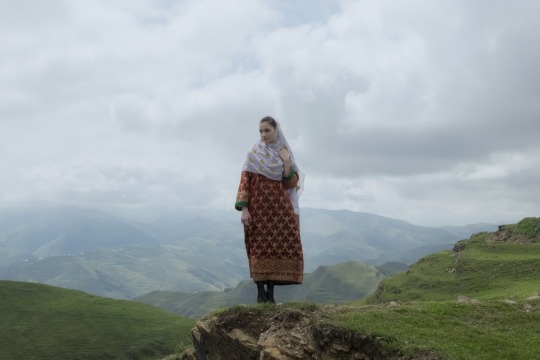
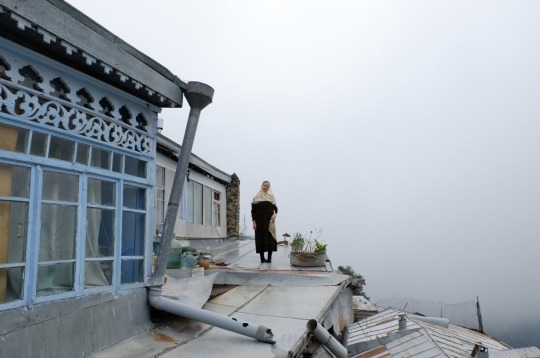
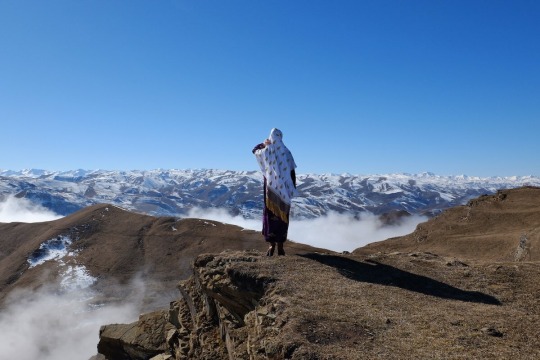
The women of Kubachi, Dagestan. Photos by Anna Bernal.
838 notes
·
View notes
Text

Armenian woman, Armenia, by Sergey Akopyan
#armenian#armenia#asia#caucasus#folk clothing#traditional clothing#traditional fashion#cultural clothing
583 notes
·
View notes
Text


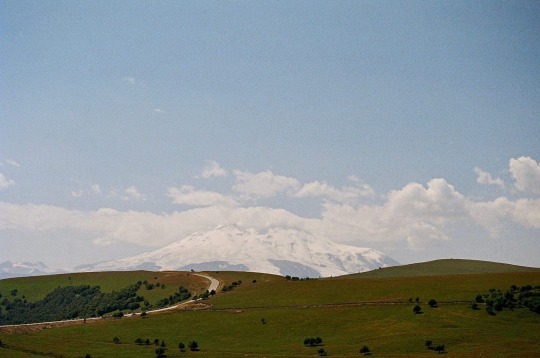
Mount Elbrus, Caucasus | Ph: Alexey Ushakov
520 notes
·
View notes
Text


When the anti "LGBT propaganda" law passed in Russia, all of you were going insane and cared. Give Georgia the same energy. If you can have sympathy for our oppressors on the basis of them being queer, you should keep the same energy for us, if not more.
If this law passes, every Georgian queer person I know is so severely fucked, myself included. If you make jokes about "being illegal in several countries" you better fucking care about the countries you're apparently illegal in, or going to be illegal in.
Make sure to spread this around. This is important.
290 notes
·
View notes
Text

~ Children's Toy - Сockerel.
Place of origin: Karachay-Cherkessia, Russia
Culture: Early medieval culture of the Adygo-Alanian tribes
Date: A.D. 8th-9th century
Place of origin: North-western Caucasus, Karachayevo-Cherkessk Republic; Archaeological site: Moshchevaya Balka Burial Mound
Medium: Leather, thread, silk.
#history#museum#archeology#archaeology#children's toy#russia#russian#8th century#9th century#cockerel#karachay cherkessia#medieval#early medieval#Adygo-Alanian tribes#caucasus#leather
852 notes
·
View notes
Text
There's an Indigenous page for the ethnic groups in the Caucasus region speaking out against the misuse of the word and bringing education due to the war and erasure going on.
There are a lot of Indigenous pages beginning to form and being highlighted with activism against Russia. This is powerful to see.






#indigenous#culture#indigenous russia#indigenous russian#russia#important#fypシ#colonization#fypage#landback#caucasian#caucasus#indigenous rights#indigenous people#russian imperialism#no war#no to genocide
2K notes
·
View notes
Text
Medieval Hermitage atop Katskhi Pillar, in Georgia (South Caucasus), c. 800-900 CE: this church was built during the Middle Ages; it sits atop a limestone column that has been venerated as a "Pillar of Life" for thousands of years
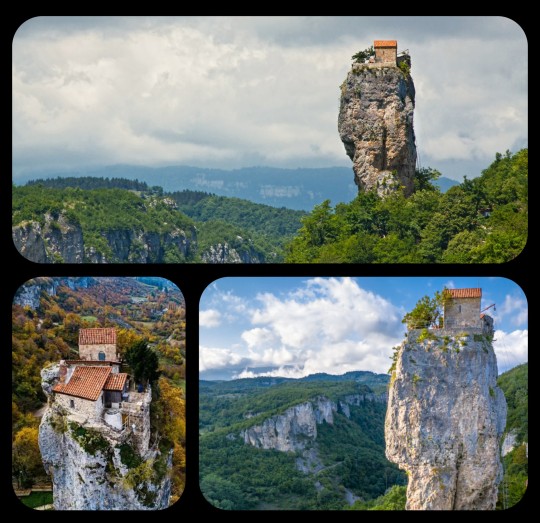
Known as Katskhi Pillar (or Katskhis Sveti), this enormous block of limestone is located in western Georgia, about 10km from the town of Chiatura.
The church that stands atop Katskhi Pillar was originally constructed during the 9th-10th century CE. It was long used as a hermitage for Stylites, who are sometimes referred to as "Pillar Saints" -- Christian ascetics who lived, prayed, and fasted atop pillars, often in total isolation, in an effort to bring themselves closer to God. This tradition originated in Syria during the 5th century CE, when a hermit known as Simeon the Elder purportedly climbed up onto a pillar and then stayed there for nearly 40 years, giving rise (no pun intended) to the Stylites. Stylitism managed to survive for about 1,000 years after its inception, but it gradually began to die out during the late Middle Ages, and by the end of the 16th century, it had essentially gone extinct.
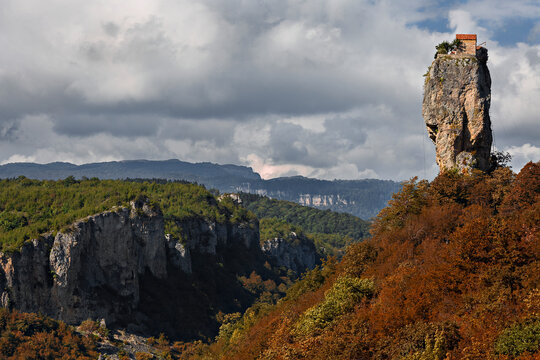
Researchers don't really know how the monks originally gained access to the top of Katskhi Pillar, or how they were able to transport their building materials up to the top of the column. There's evidence that the Stylites were still living at Katskhi Pillar up until the 15th century, but the site was then abandoned shortly thereafter. This was the same period in which Georgia came under Ottoman rule, though it's unclear whether or not that may have played a role in the abandonment of the site.
The hermitage continued to lay abandoned for nearly 500 years after that. No one had been able to gain access to the top of the pillar, and very little was even known about the ruins that lay scattered at the top, as knowledge about the site's origin/history was gradually lost. There are many local legends that emerged as a way to fill in those blanks.
The site was not visited again until July 29th, 1944, when a mountaineer finally ascended to the top of the column with a small team of researchers, and the group performed the first archaeological survey of the ruins. They found that the structure included three hermit cells, a chapel, a wine cellar, and a small crypt; within the crypt lay a single set of human remains, likely belonging to one of the monks who had inhabited the site during the Middle Ages.
A metal ladder (the "stairway to Heaven") was ultimately installed into the side of the pillar, making it much easier for both researchers and tourists to gain access to these ruins.

The hermitage at the top of Katskhi Pillar actually became active again in the early 1990's, when a small group of monks attempted to revive the Stylite tradition. A Georgian Orthodox monk named Maxime Qavtaradze then lived alone at the top of Katskhi Pillar for almost 20 years, beginning in 1995 and ending with his death in 2014. He is now buried at the base of the pillar.
While the hermitage is no longer accessible to the public, and it is currently uninhabited, it's still visited by local monks, who regularly climb up to the church in order to pray. There is also an active monastery complex at the base of the pillar, where a temple known as the Church of the Simeon Stylites is located.

The Church of the Simeon Stylites: this church is located within an active monastery complex that has been built at the base of the pillar; several frescoes and religious icons decorate the walls of the church, and a small shrine containing a 6th century cross is located in the center
There are many lingering questions about the history of Katskhi Pillar, particularly during the pre-Christian era. There is at least some evidence suggesting that it was once the site of votive offerings to pagan deities, as a series of pre-Christian idols have been found buried in the areas that surround the pillar; according to local tradition, the pillar itself was once venerated by the pagan societies that inhabited the area, but it's difficult to determine the extent to which these claims may simply be part of the mythos that surrounds Katskhi Pillar, particularly given its mysterious reputation.
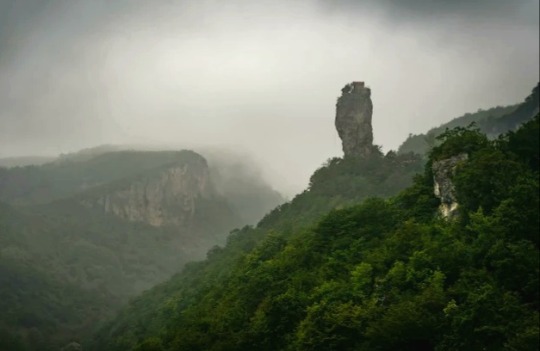
Sources & More Info:
BBC: Georgia's Daring, Death-Defying Pilgrimage
CNN: Katskhi Pillar, the Extraordinary Church where Daring Monks Climb Closer to God
Radio Free Europe: Georgian Monk Renews Tradition, Lives Atop Pillar
Architecture and Asceticism (Ch. 4): Stylitism as a Cultural Trend Between Syria and Georgia
Research Publication from the Georgian National Museum: Katskhi Pillar
Journal of Nomads: Katskhi Pillar, the Most Incredible Cliff Church in the World
Georgian Journal: Georgia's Katskhi Pillar Among World's 20 Wonderfully Serene and Secluded Places
#archaeology#history#anthropology#artifact#medieval architecture#medieval church#Stylites#asceticism#georgia#sakartvelo#katskhi pillar#religion#travel#monastery#paganism#caucasus#medieval europe#christianity#strange places
443 notes
·
View notes
Text

caucasian monastery
youtube
#isometric#ambience#ambiance#caucasus#armenia#georgia#monastery#sea#ocean#orthodox#orthodox church#orthodox christianity#Youtube#blender
98 notes
·
View notes
Photo

March in the aul (village) of Chokh, Dagestan, Russia, by Damir Faizullin (source)
891 notes
·
View notes
Text

Jewish girls from Quba, Azerbaijan, 1930
442 notes
·
View notes
Text

Azerbaijani wedding ritual, 1965. Photographed by Lev Borodulin.
867 notes
·
View notes
Text
Fucking hell.
Not again.
It fucking better! Azerbaijan ought to be sanctioned into hell and back again for this shit starting yesterday!
Seriously!
Heck I think we should boycott the shit out of Azerbaijan on top of that!
#dougie rambles#political crap#news#europe#caucasus#armenia#artsakh#free artsakh#azerbaijan#fuck azerbaijan#war crimes#terrorism#genocide#Lemkin institute#raphael lemkin#reblog this#reblog the shit out of this#us state department#sanctions#or lack thereof#boycott Azerbaijan
205 notes
·
View notes
Text

Lezgin woman, Russia, by muradova_foto
#lezgin#russia#asia#caucasus#folk clothing#traditional clothing#traditional fashion#cultural clothing
349 notes
·
View notes
Text

Belt clasp
Caucasus, ca. 1st–2nd century CE
In the late second millennium B.C., the tradition of lively animal-ornamented bronzes begins in the Caucasus region. Stylized animals with small waists, arched necks and backs are seen on numerous bronze tools including axes and pins, and are found in Georgia, Armenia, Azerbaijan, and the Northern Caucasus by the beginning of the Late Bronze and Early Iron ages.
140 notes
·
View notes